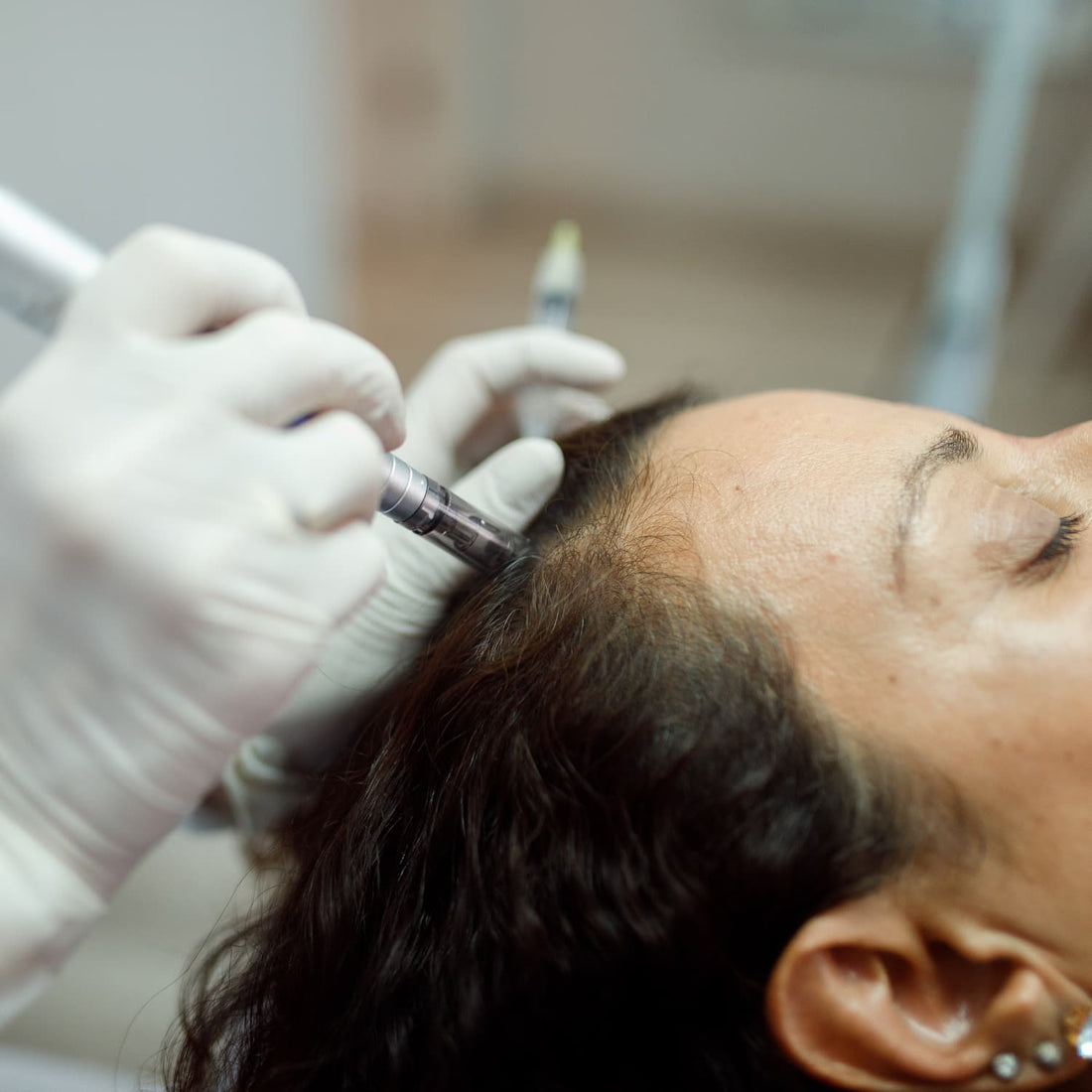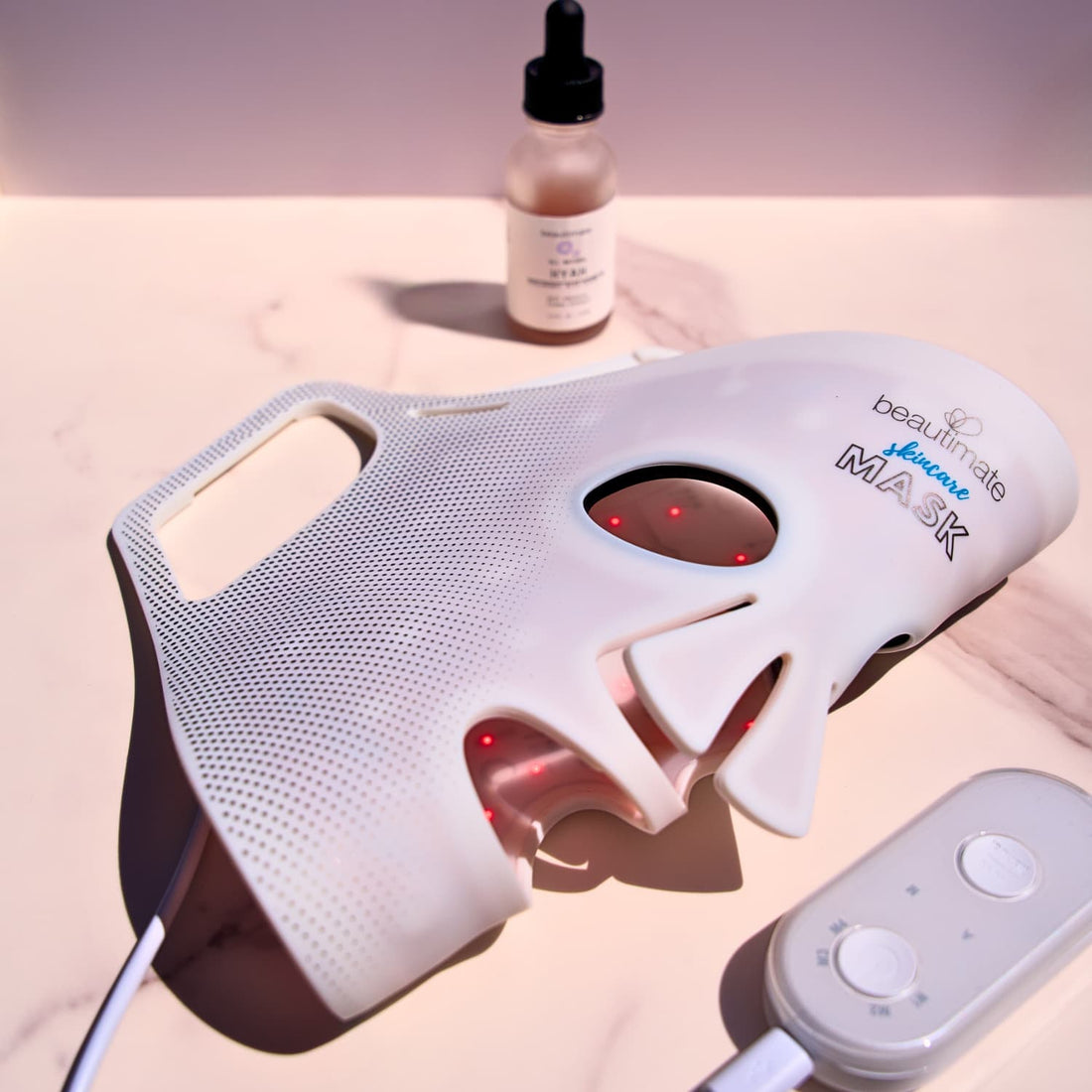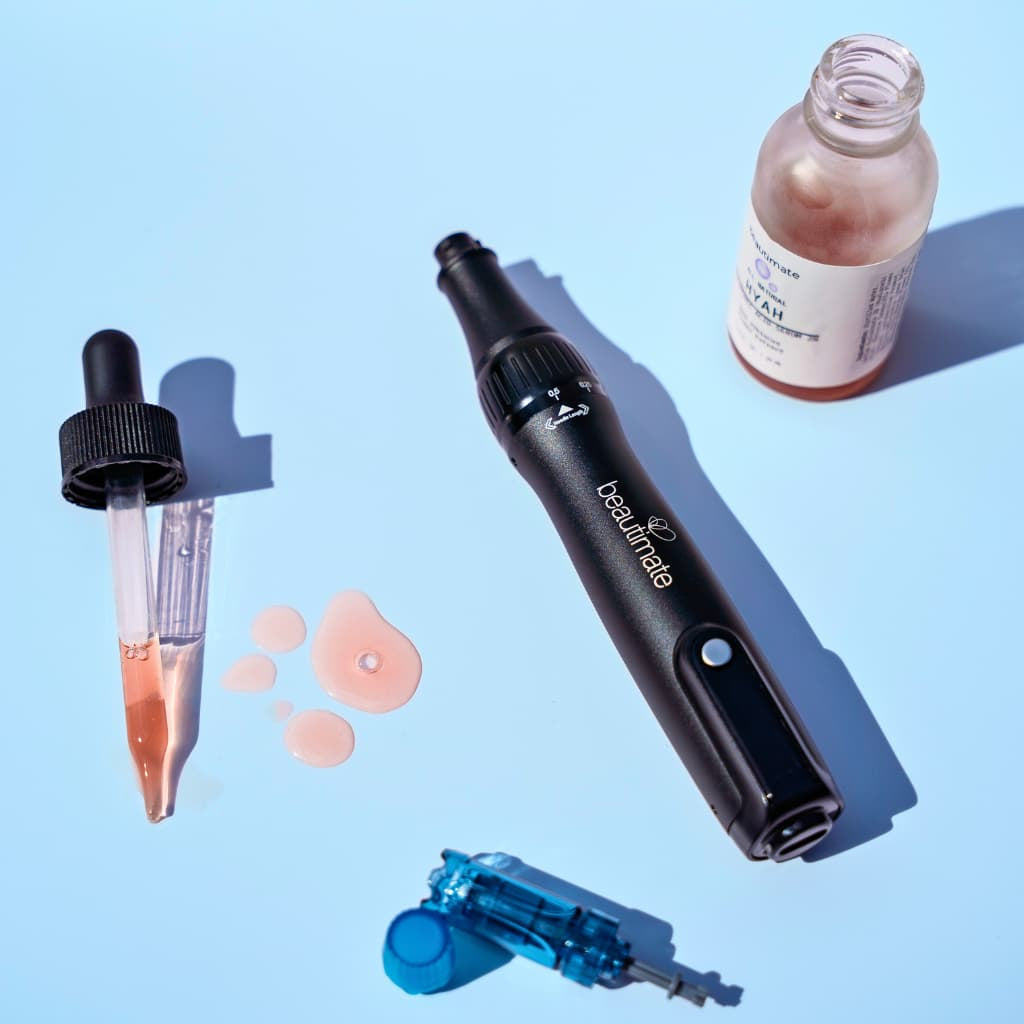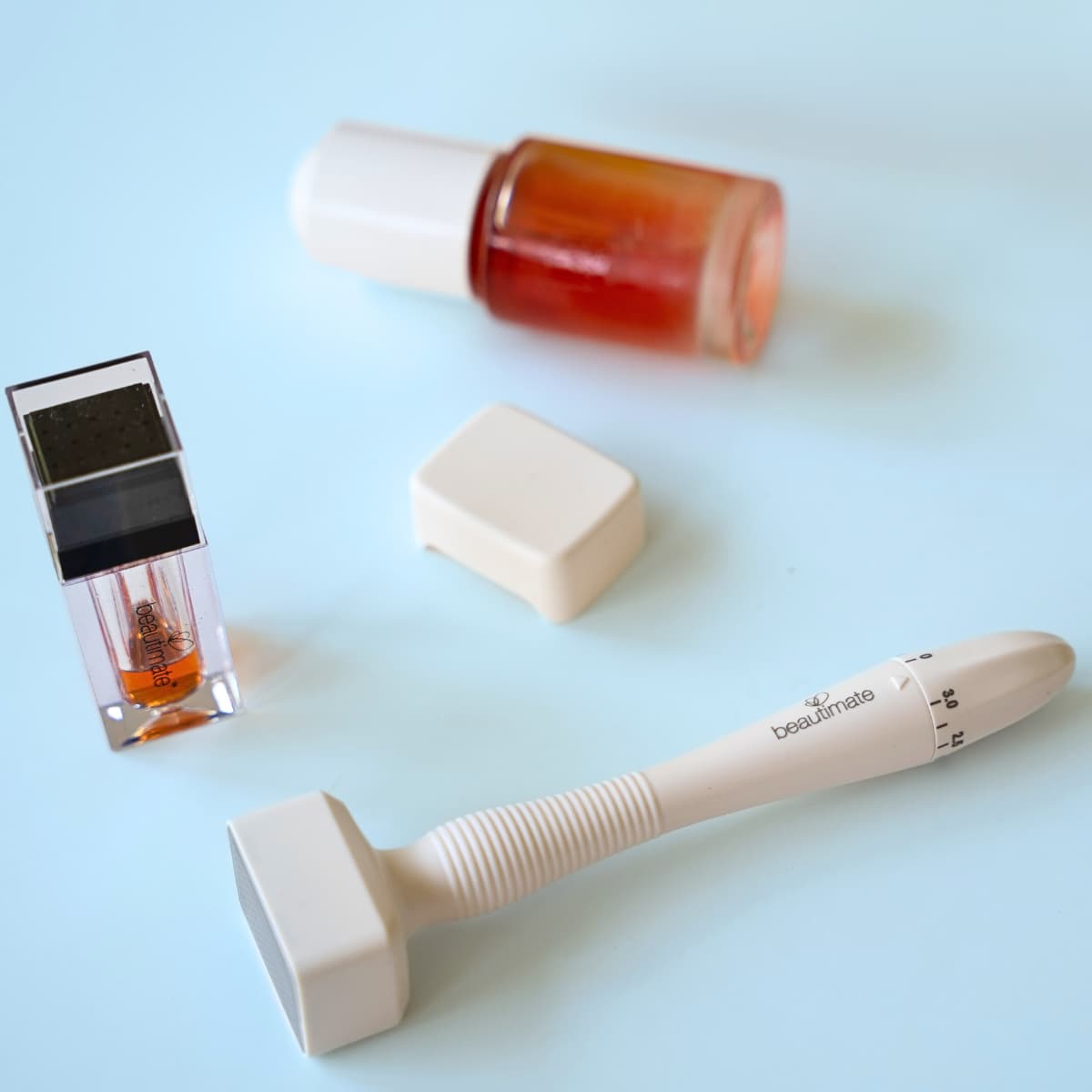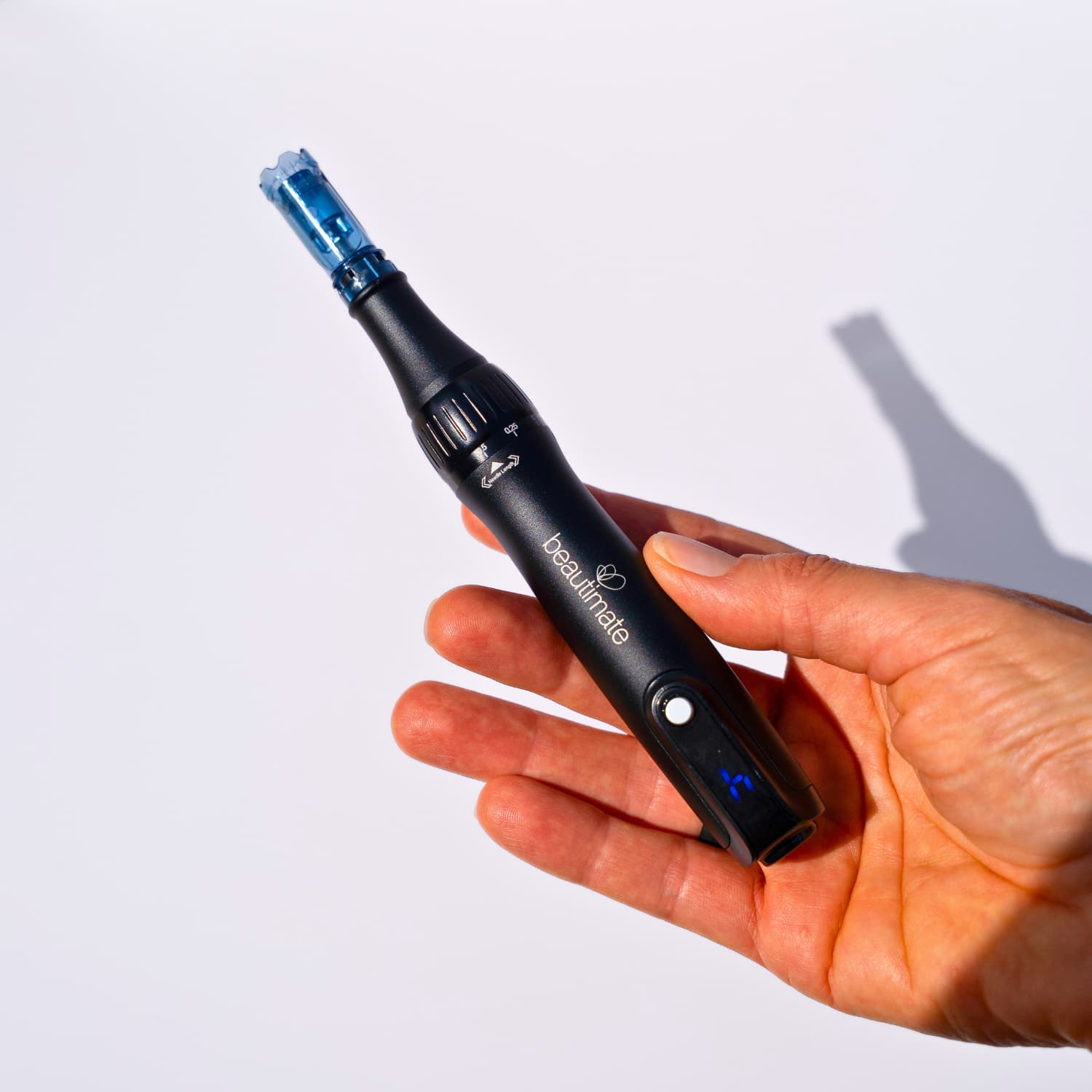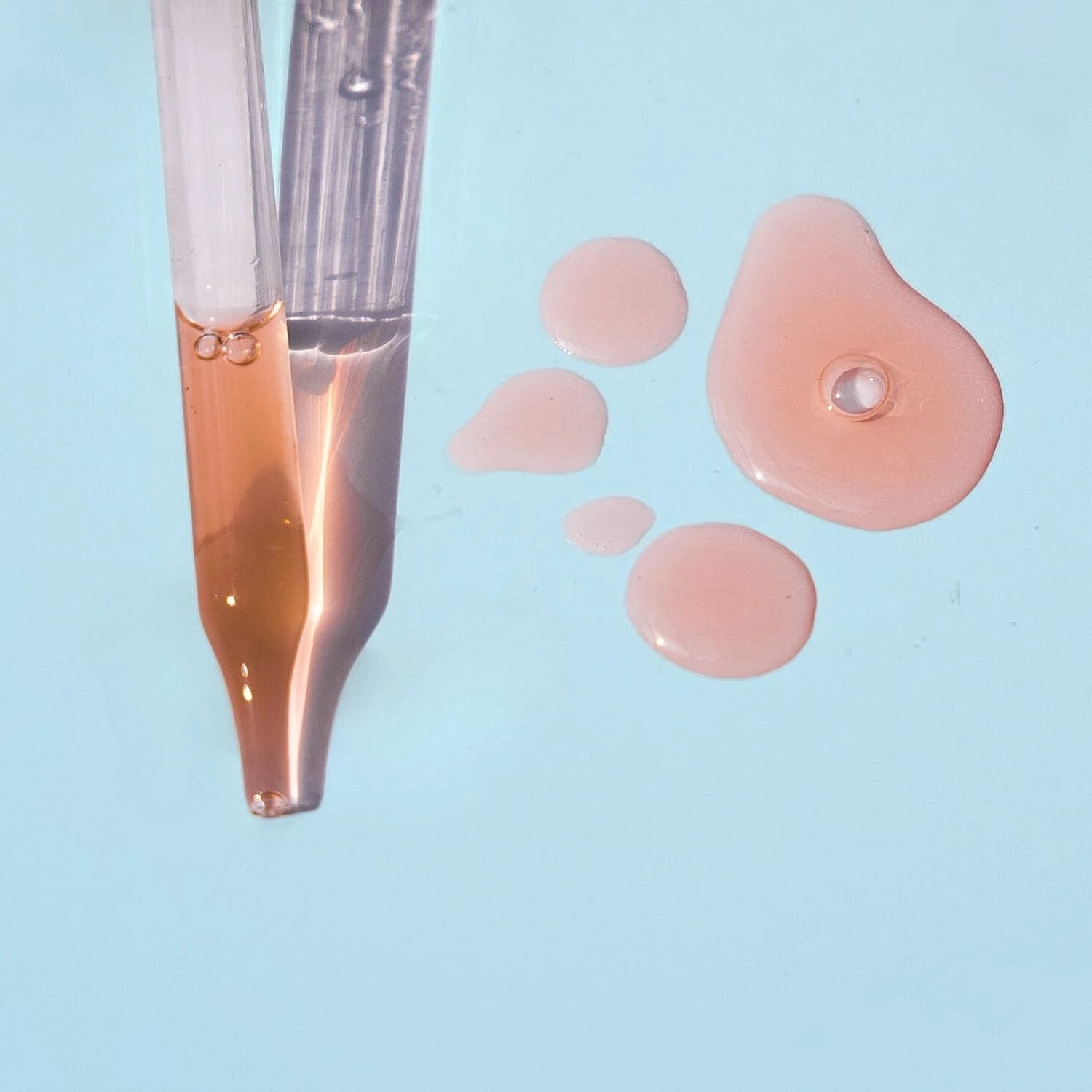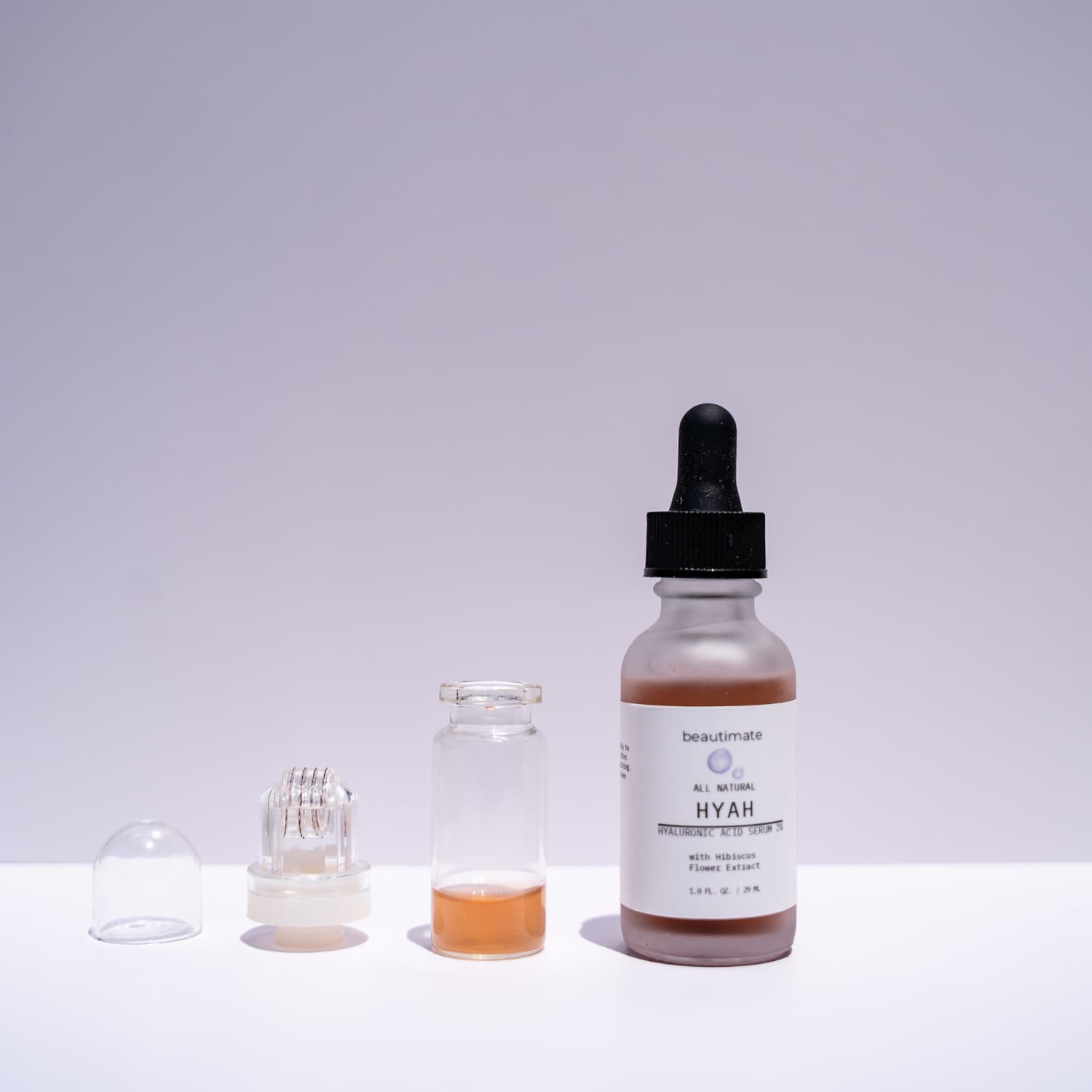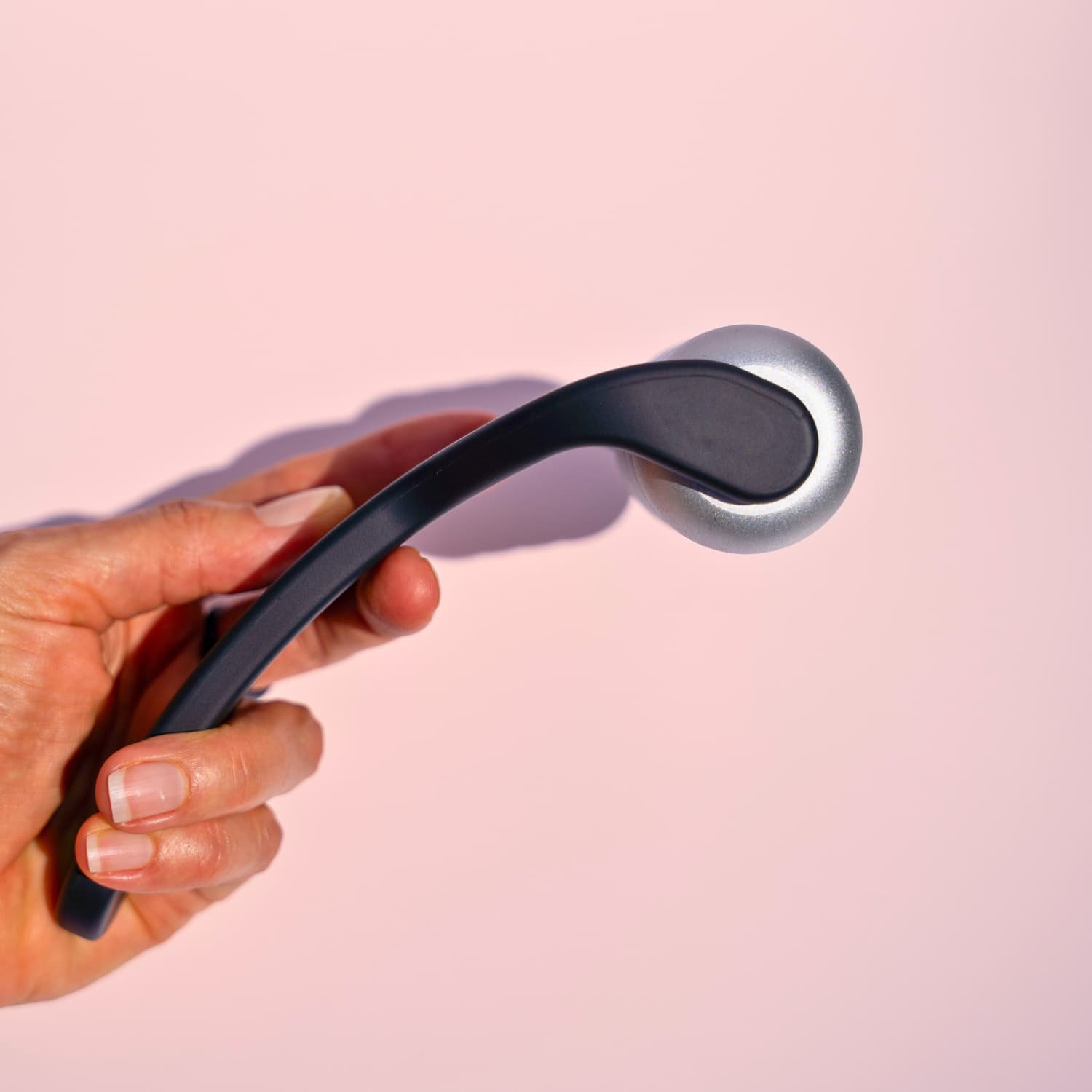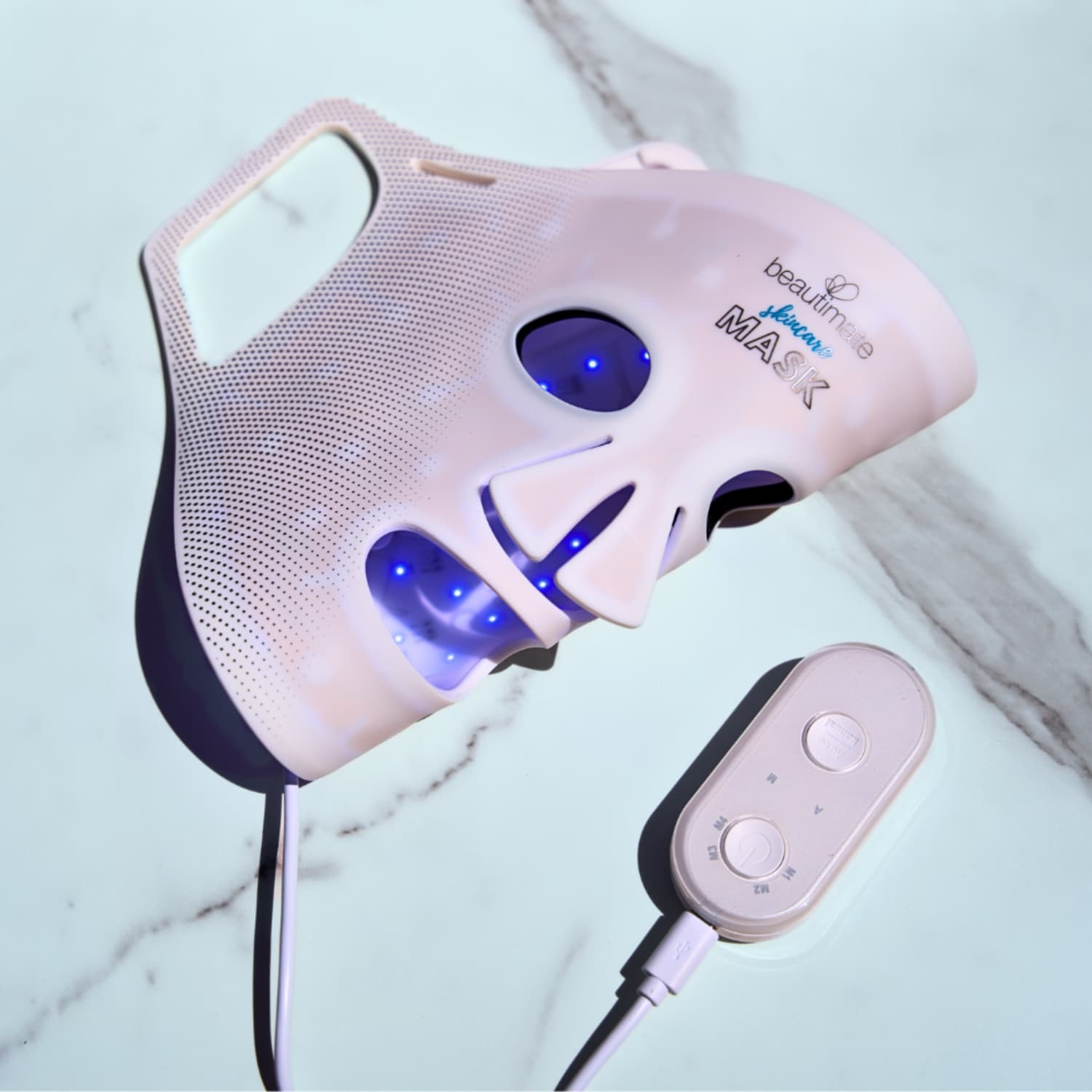Can microneedling help with hair loss and thinning edges? Research says yes! Discover how at-home derma stamps and pens boost hair growth, the science behind it, and step-by-step tips for safe, effective results.
What Is Microneedling for Hair?
Microneedling uses tiny needles to create micro-channels in the scalp. This stimulates natural healing, boosts collagen, and improves the absorption of topical hair serums like rosemary oil and minoxidil.
Key benefit: It “wakes up” dormant hair follicles and can thicken thinning areas.
- Safe for men and women
- Clinically studied for androgenetic alopecia (pattern hair loss)
- Pairs well with hair growth serums [JCAD Study]
How Does Microneedling Regrow Hair?
- Stimulates Stem Cells: Tiny micro-injuries signal your body to repair and regenerate hair follicles.
- Increases Blood Flow: More oxygen and nutrients reach the hair roots.
- Enhances Product Penetration: Serums like rosemary oil or minoxidil penetrate deeper, working more effectively.
Studies show that microneedling plus topical treatments lead to significantly more hair regrowth than topical treatments alone. [PubMed Study, 2013]
How to Use a Derma Stamp for Hair Growth: Step-by-Step
- Start Clean: Wash your scalp and let dry completely.
- Sanitize Tool: Wipe the derma stamp with 70% isopropyl alcohol.
- Adjust Needle Depth: For scalp, 1.0mm–1.5mm works best. Beginners: start at 0.5mm.
- Stamp Gently: Press the tool in a grid pattern over thinning areas—don’t drag.
- Apply Serum: Immediately use a hydrating serum (hyaluronic acid, rosemary oil, or your doctor’s recommendation).
- Aftercare: Avoid washing your hair for 8–12 hours. Use gentle products for 24 hours. No harsh actives!

Pro Tips for Best Results
- Use weekly for most hair types; for sensitive scalps, try every other week.
- Always sanitize the derma stamp before & after use.
- Don’t microneedle over active scalp infections, eczema, psoriasis, or open sores.
- Results are gradual—expect changes in 2–4 months







